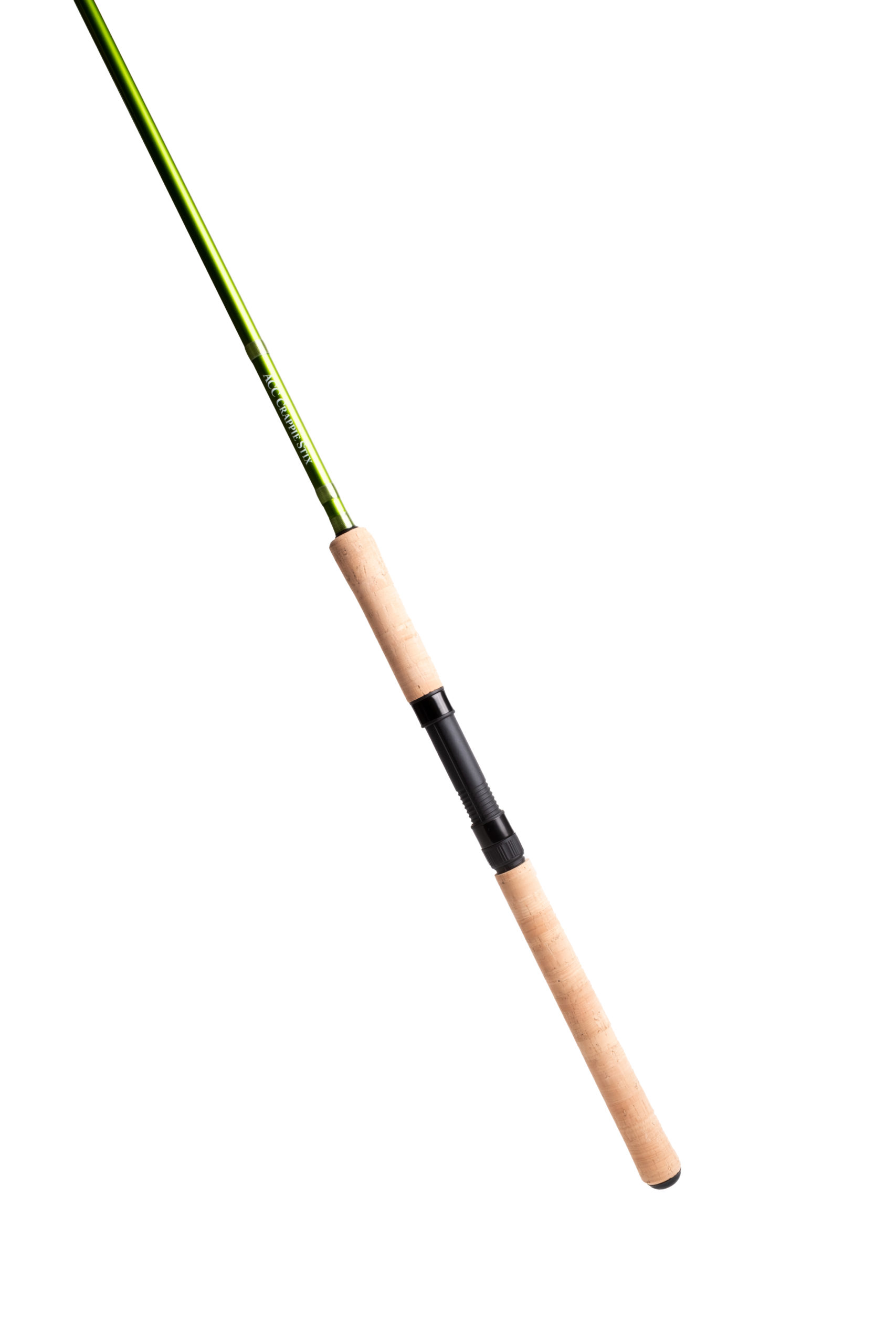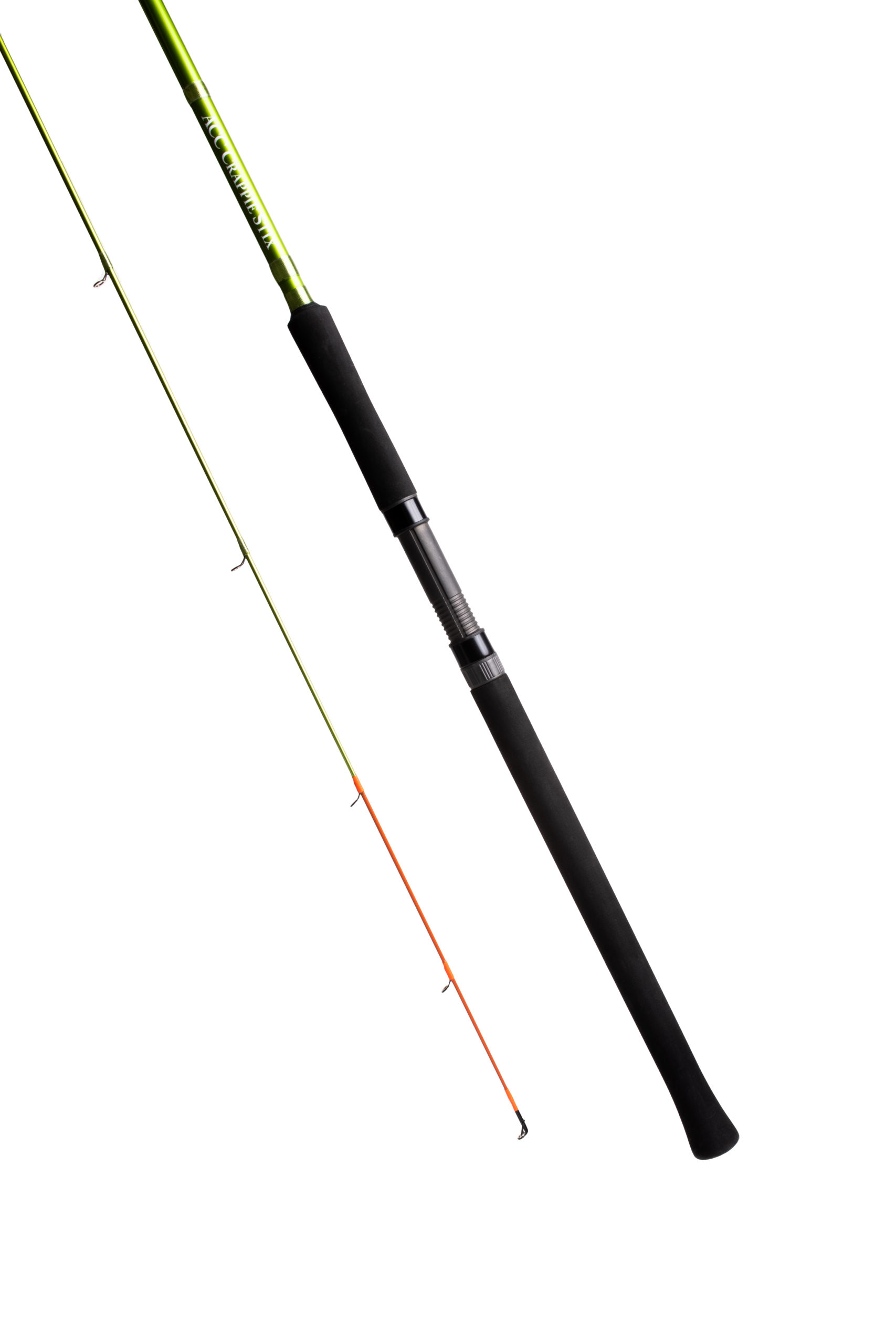Day 4: Why to Dam Fish for Crappie in the Spring and Summer and Catch Bluegills
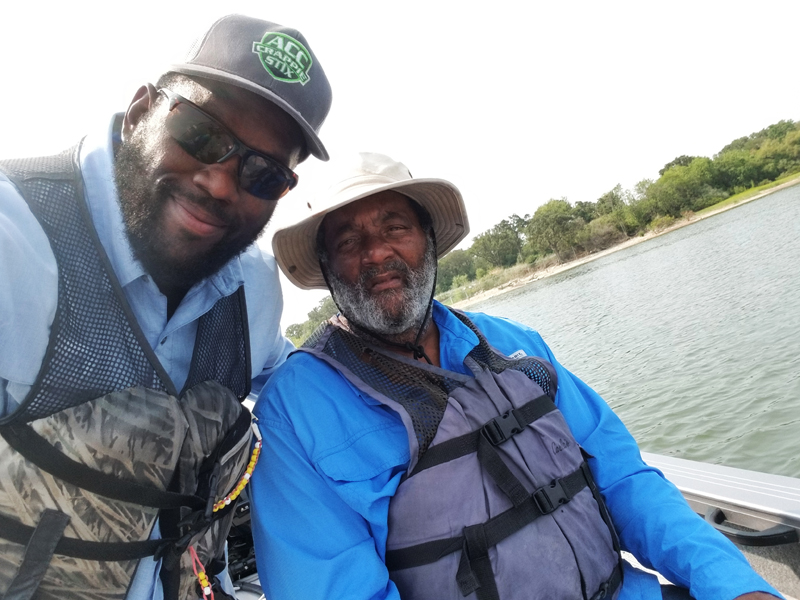
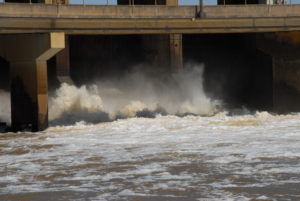 Editor’s Note: Thirty-five year-old Kennieth Pierce of Quinlan, Texas, fishes Lake Arlington in the Dallas/Fort Worth metroplex as his home lake. Pearce’s daddy started him crappie fishing when he was 5-years old.
Editor’s Note: Thirty-five year-old Kennieth Pierce of Quinlan, Texas, fishes Lake Arlington in the Dallas/Fort Worth metroplex as his home lake. Pearce’s daddy started him crappie fishing when he was 5-years old.
As I’ve mentioned yesterday, when the power plant at Lake Arlington starts running, so do the crappie. I’ll run with the crappie away from the power plant and fish down near the dam to get away from the hot water coming out of the power plant. I’ll be fishing the riprap down near the dam on the far north end of the lake. Although I’m mainly fishing  around the rocks, there are some nice brush piles down near the dam. During the spring and summer, the crappie will move in tight to the rocks. When I’m fishing the riprap I use my double-jig rig and drop my jigs all the way down to the bottom. Then I reel my line up, so that as I swim my jigs close to the bottom, I can feel the jigs bumping off the rocks. During the spring and summer, when the power plant is running, most of the fish on the riprap close to the dam will be in 15-18 feet of water where the cooler water will be, because the north end of the lake is the deepest part of the lake.
around the rocks, there are some nice brush piles down near the dam. During the spring and summer, the crappie will move in tight to the rocks. When I’m fishing the riprap I use my double-jig rig and drop my jigs all the way down to the bottom. Then I reel my line up, so that as I swim my jigs close to the bottom, I can feel the jigs bumping off the rocks. During the spring and summer, when the power plant is running, most of the fish on the riprap close to the dam will be in 15-18 feet of water where the cooler water will be, because the north end of the lake is the deepest part of the lake.
 Lake Arlington doesn’t have much standing timber or natural brush in it. However there are plenty of brush piles down by the dam and all over the lake. If you have quality sonar, you can find brush piles almost anywhere you want to fish in the lake. The trick to catching the crappie is pinpointing the shad. During the winter months, the crappie will be holding out in the middle part of the lake where the shad are concentrating. But in the spring and summer, they are most often found in the brush piles and the rocks. In the hot summer, the brush piles really pay-off in crappie dividends.
Lake Arlington doesn’t have much standing timber or natural brush in it. However there are plenty of brush piles down by the dam and all over the lake. If you have quality sonar, you can find brush piles almost anywhere you want to fish in the lake. The trick to catching the crappie is pinpointing the shad. During the winter months, the crappie will be holding out in the middle part of the lake where the shad are concentrating. But in the spring and summer, they are most often found in the brush piles and the rocks. In the hot summer, the brush piles really pay-off in crappie dividends.
Lake Arlington has very-few bridge pilings to fish. So, when I want to fish bridge pilings in the summer months, I’ll go to Lake Tawakoni. I live in Quinlan, Texas, and Lake Tawakoni is about 1-1/2-hours from my house. My favorite place to fish at Lake Tawakoni is the Two Mile Bridge. I like to fish that bridge, because it is actually 2-miles long, so there are plenty of bridge pilings to fish.
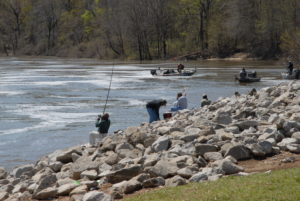 Also during the summer months, I bluegill fish, and I have some videos of how I fish and catch the bluegills on Lake Arlington. I enjoy having a mess of bluegills to eat every now and then. Lake Arlington has a large concrete wall to which the bluegills relate. When I’m fishing the concrete wall, most of the time, I’ll be fishing the 7-1/2’ ACC Crappie Stix rod, but sometimes I’ll use the 10’ ACC Crappie Stix rod. I’ll vertical jig that concrete wall just like I vertical jig bridge pilings for crappie, or I’ll fish a slip cork with live bait.
Also during the summer months, I bluegill fish, and I have some videos of how I fish and catch the bluegills on Lake Arlington. I enjoy having a mess of bluegills to eat every now and then. Lake Arlington has a large concrete wall to which the bluegills relate. When I’m fishing the concrete wall, most of the time, I’ll be fishing the 7-1/2’ ACC Crappie Stix rod, but sometimes I’ll use the 10’ ACC Crappie Stix rod. I’ll vertical jig that concrete wall just like I vertical jig bridge pilings for crappie, or I’ll fish a slip cork with live bait.
 I use a small Aberdeen hook (often called a cricket hook) and either a piece of night crawler or a red wiggler for bluegills that aren’t whoppers on Lake Arlington. They’ll average about 6-8 inches – which is plenty big enough to eat. When I go bluegill fishing, I take a 5-gallon bucket. When that bucket is full, I quit bluegill fishing. My father always has been my fishing buddy. When we get a 5-gallon bucket of bluegills, we go home and clean them together. Lake Arlington doesn’t have a limit on bluegills.
I use a small Aberdeen hook (often called a cricket hook) and either a piece of night crawler or a red wiggler for bluegills that aren’t whoppers on Lake Arlington. They’ll average about 6-8 inches – which is plenty big enough to eat. When I go bluegill fishing, I take a 5-gallon bucket. When that bucket is full, I quit bluegill fishing. My father always has been my fishing buddy. When we get a 5-gallon bucket of bluegills, we go home and clean them together. Lake Arlington doesn’t have a limit on bluegills.
To see how and where Kenneth Pearce fishes, go to his YouTube channel at hookcitytv
(https://www.youtube.com/channel/UCdcuACQzEadZ-ihtqH28uOQ) and watch some of his videos. Most of his videos are crappie fishing, but he has several videos on bluegill fishing too.




